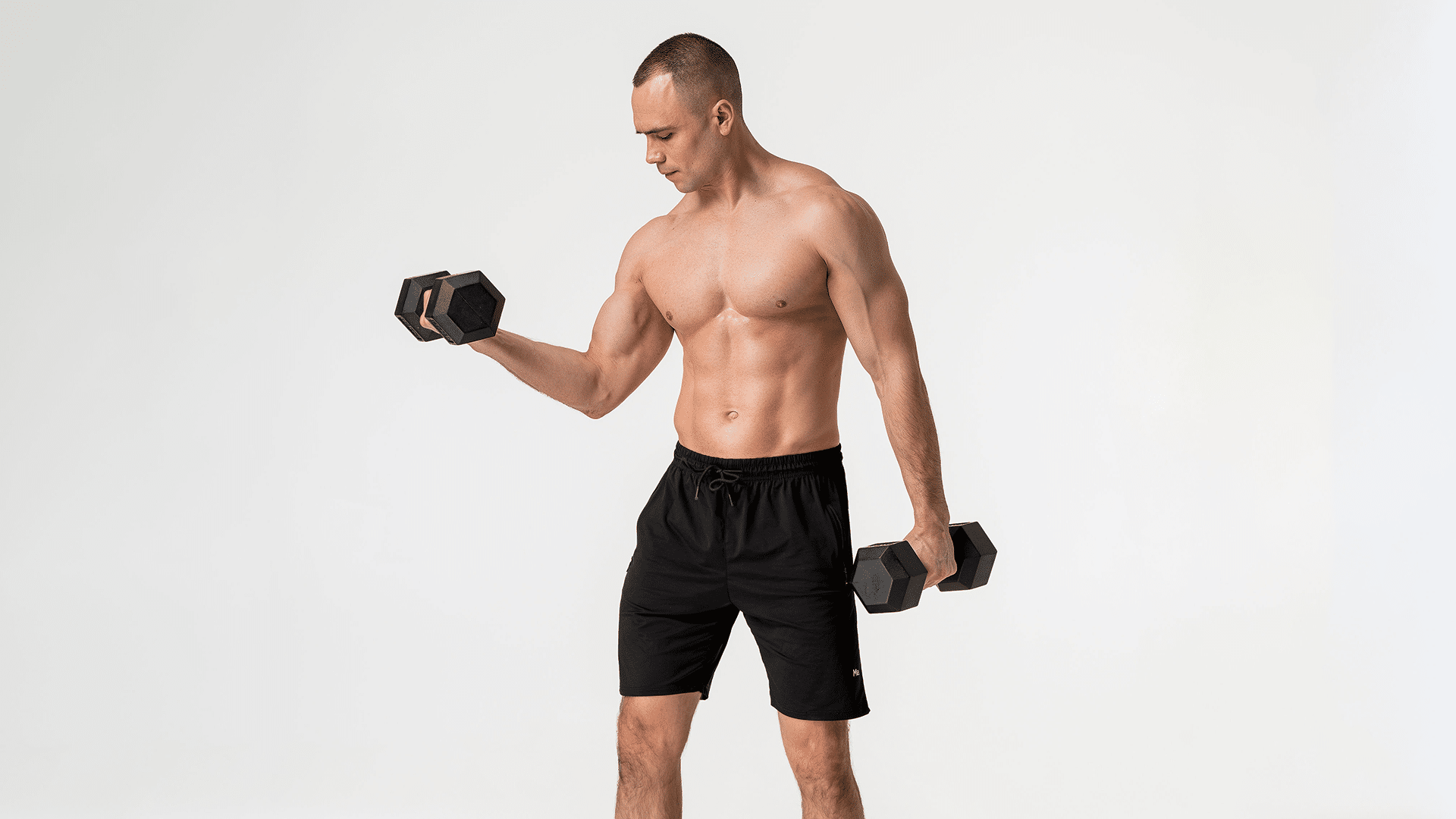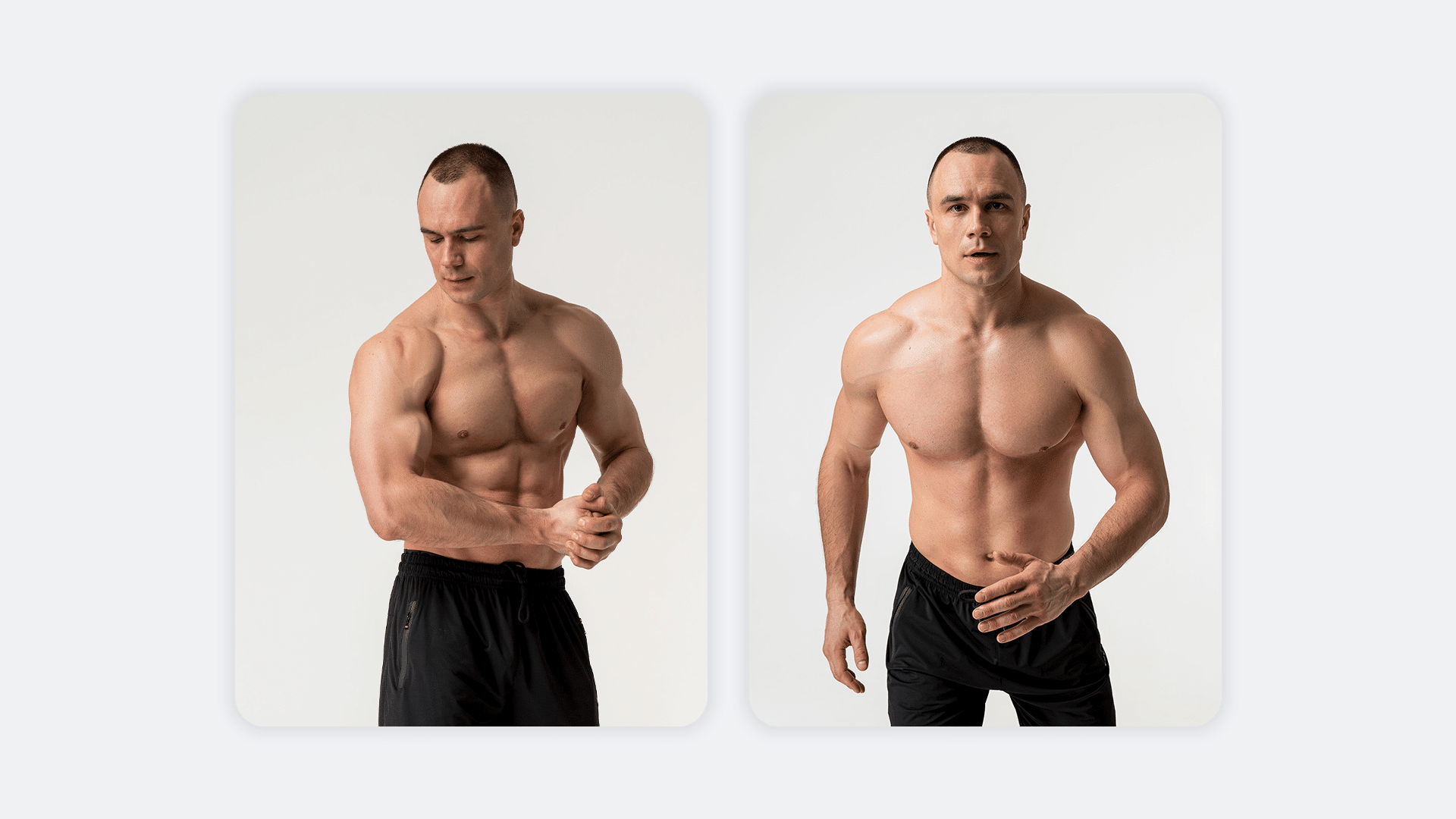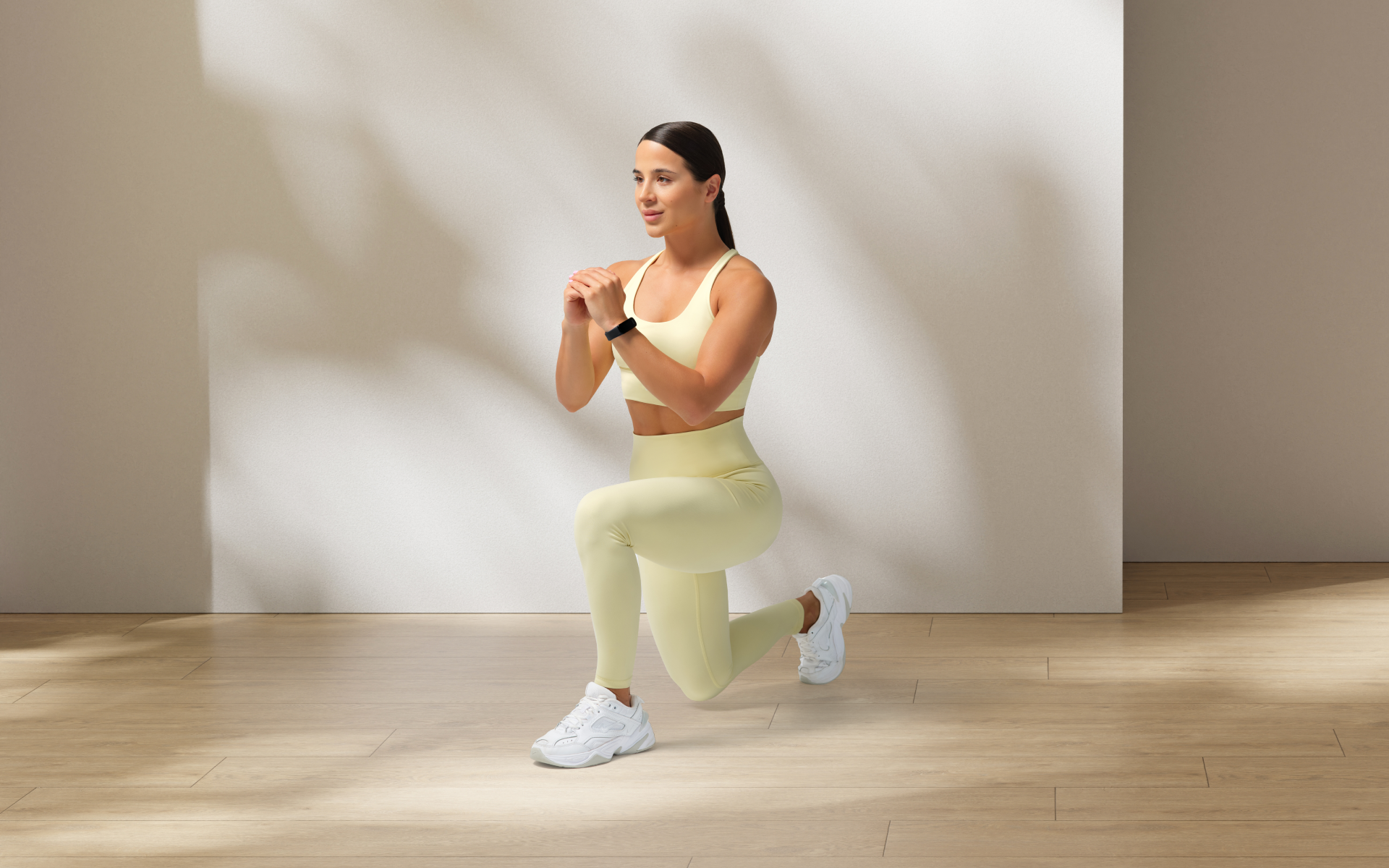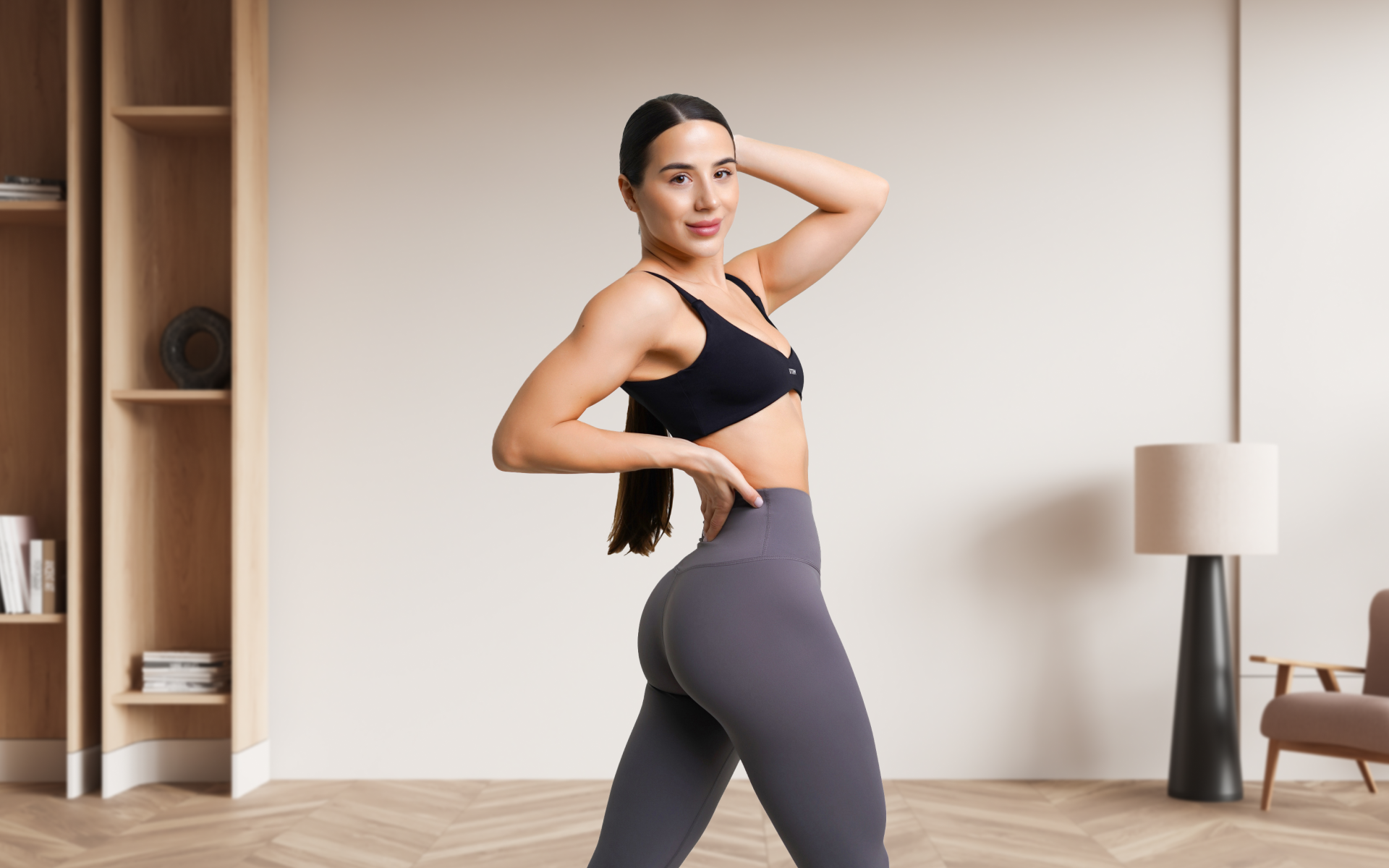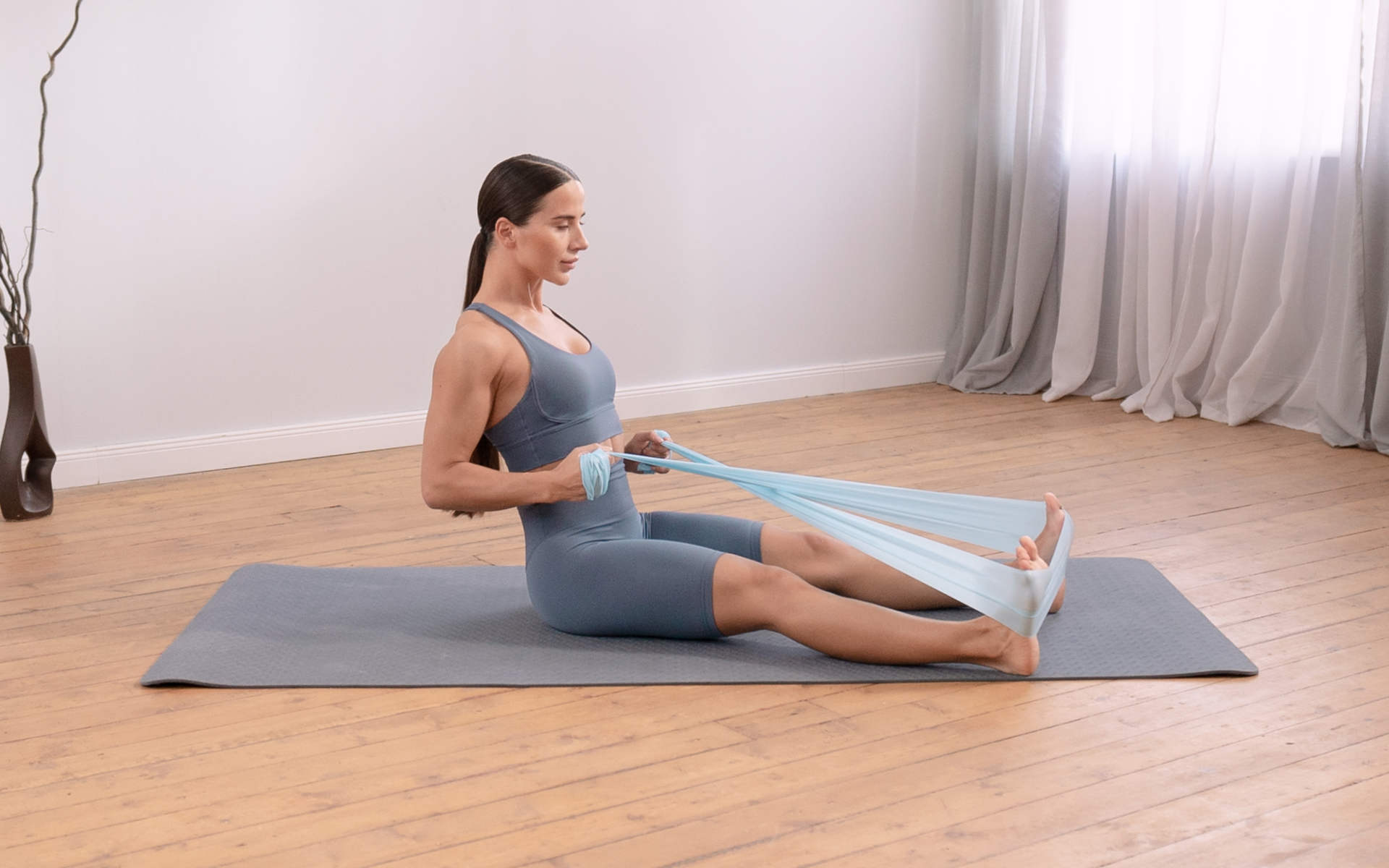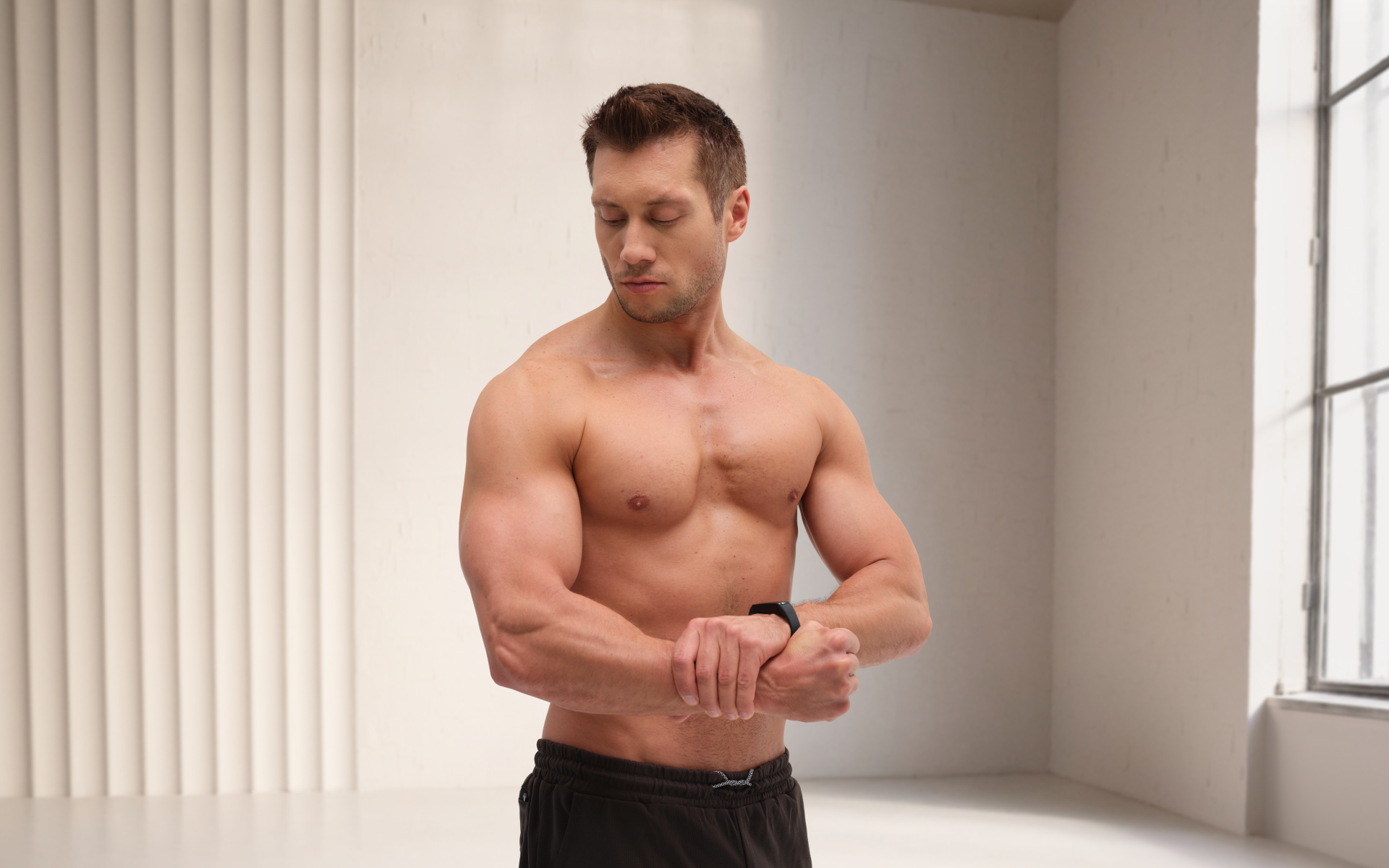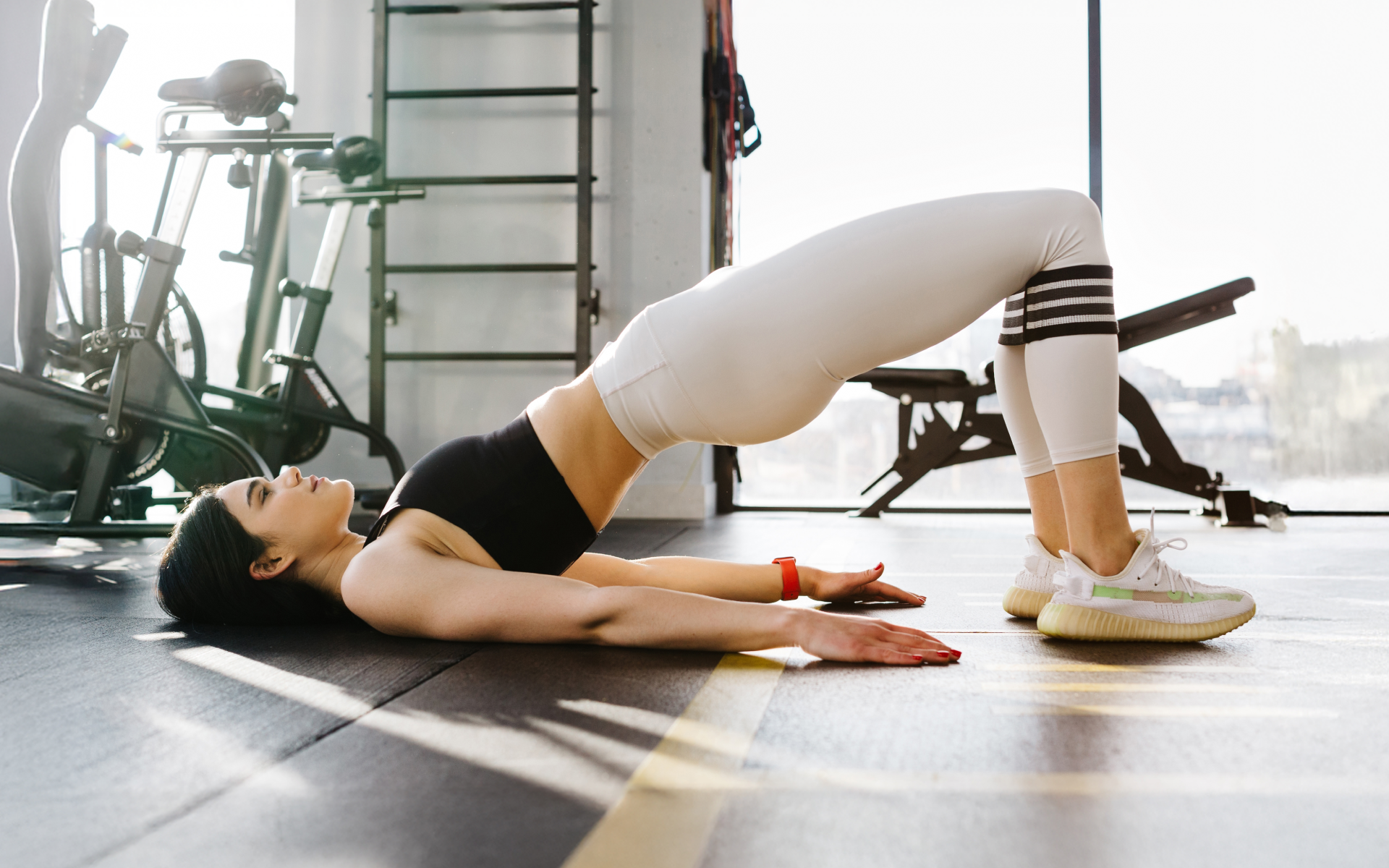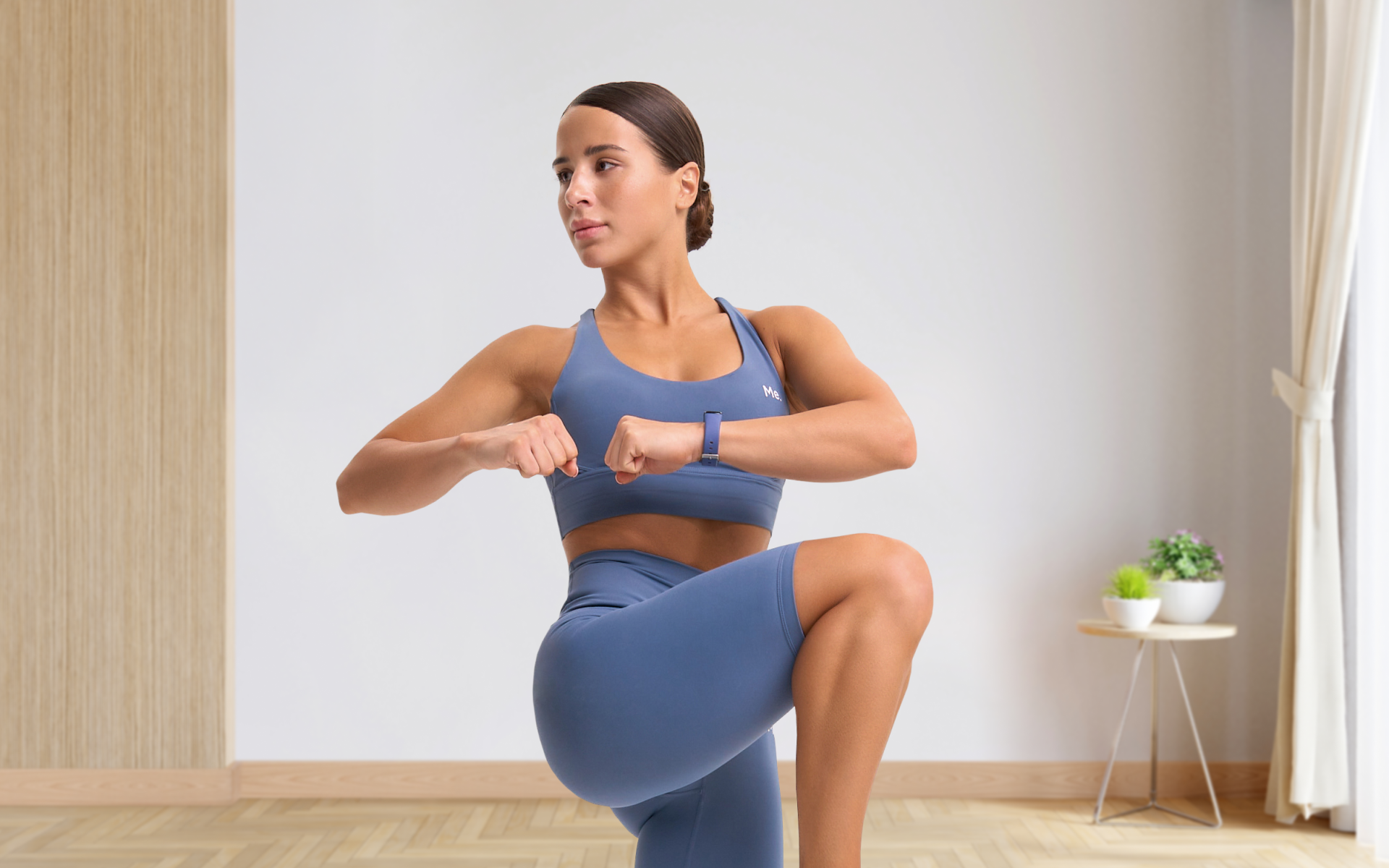Forget fancy gyms and hefty memberships. Walk away from those weights and endless rows of treadmills. The ultimate solution to losing fat is closer than you think!
Calisthenics – the art of using bodyweight as resistance has been taking the fitness world by storm.
With the increased involvement of technology in our daily lives, the amount of physical activity that one does daily has become very limited. This is one reason why more people are inclined to dedicate some of their time to exercise or physical exertion. They are sure this can help them to maintain a healthy and fit body.
To this end many exercises and workouts must be done at home or the gym. This also includes calisthenics, a very convenient type of strength training. It is simple to do, helps to build strong muscle and keeps your body functioning healthily.
What Is Calisthenics?
As mentioned above, calisthenics is a type of strength training (15). Strength or resistance training usually uses muscles against some resistance to increase and strengthen them. Calisthenics is great because you use your own body weight as the resistance, without fancy equipment. It’s a simple and easy workout that you can do in your home.
Apart from being an affirmative answer to the questions of whether calisthenics builds strength and whether calisthenics builds muscle, this training offers many other benefits, too. For instance, it helps to improve balance, flexibility, and coordination (5). According to a study in neurorehabilitation, calisthenic exercises improve one’s balance and are especially helpful for people with multiple sclerosis (6).
Betterme will keep you laser-focused on your weight loss journey! Nutrient-packed meal plans, fat-blasting workouts, galvanizing challenges and much more. Try using the app and see for yourself!
Other than physical health, calisthenics also contribute to improved mental health, especially for older people who might be suffering from cognitive impairment (14).
Since calisthenics affects muscle and body composition, it also stimulates the production of some hormones. Some men often wonder whether calisthenics can increase testosterone. If this describes you, know that it does!
It has been shown in a study that calisthenic exercises may lead to an increase in testosterone in men (2). Human Growth Hormone (HGH) production is also stimulated (9).
Another plus point about calisthenics is that not only does it help you build muscles, but it also helps you lose weight and burn fat and extra calories.
In addition, a simple set of calisthenics, if done regularly, can help you lose weight without losing muscle mass (15).
Let’s look at a detailed answer to, calisthenics helps burn fat.
What Are Some Basic Calisthenic Exercises?
Calisthenic exercises usually involve more than one body part and muscle group. There is a variety of these exercises that differ in rhythm and intensity. When starting with calisthenics for the first time, it is better to begin with basic low-intensity exercises to let your body adapt to the sudden change.
Here are some examples of calisthenic exercises for beginners.
Pull-ups
This exercise primarily trains your back and biceps muscles. Calisthenic pull-ups are a compound exercise (12).
Stand facing a bar or a railing, positioned some inches above your head. Grip the bar from the top, with a distance of more than shoulder width between the hands. Pull your body up until your chin is over the bar. Utilize the arm and back muscles in the process. Then, slowly lower your body down.
Squats
Done with a wide stance and a descending angle, these help train the lower half of the body and use thigh and hip muscles (7).
First, stand straight with your feet, keeping a shoulder distance between them. Then, bend your knees, bending the body in a position of sitting on a chair. Squat down as low as possible. Then, use your legs to get back up in a standing position. During the whole exercise please keep your hands together at the front and only use them for support or balance if needed.
Dips
This uses almost all the body weight for exercise and can train multiple muscle groups (3). These include mainly the triceps, chest muscles, and deltoids.
You might need a dip bar or a waist-height railing on both sides. Grip the bars with your hands, and lift your feet off the ground a couple of inches using the bar as support. Bend your elbows, lowering yourself until your elbows are close to 90-degree angle. Use triceps muscles to move your body up and down continuously. If a dip bar is unavailable you can also use a sturdy chair or side of a couch, kicking your feet out straight in front of you, and lowering yourself down in a similar way.
Crunches
A simple exercise that does not require any equipment at all. It helps train mainly abdominal muscles and improve core strength (11).
Start by laying your back flat on the ground. Then, bend your knees at a right angle to your body. Next, place your hands behind your head or cross them over the chest. After getting into position, use the core muscles to lift your upper body forward until your elbows touch your knees. Be sure that your chin doesn’t touch your chest. Then, breathe out and lay back again. Repeat the procedure step by step multiple times.
Read more: The Simplest Lower Back Calisthenics Guide for Beginners
Lunges
A light exercise that helps train the lower body muscles and build strength and mobility (1).
To start this, get in the position first by standing straight in a neutral posture and putting your hands on your waist. Put the right foot a step ahead (about 2 feet) of the left and bend it at a right angle so that the left knee almost touches the ground.
Get back up to the standing position, using the right foot as the support to bear weight. Now, exercise with the left foot in the front and let the right knee touch the ground. Repeat the process multiple times.
You can incorporate a few of these basic calisthenic exercises into your daily routine to take a step towards muscle building and weight loss.
Can I Do Calisthenics If I’m Overweight?
Technically, calisthenics suits anyone, regardless of age, gender, weight, and fitness level. Nonetheless, it might be a bit difficult at the start for those who are overweight. This is so because calisthenics is resistance training, where you use your body weight as the resistance. This means it may be more difficult for an overweight person to get used to calisthenic exercises as they have to begin using heavier resistance than a smaller person.
If experiencing such a situation, you must remember that persistence is the key. Though it might be hard initially, it does not mean this training is unsuitable for you. Give it some time, and your body will surely be able to adapt to it. Then, you can enjoy its other benefits along with the weight loss.
Starting at your own pace is key. Begin with foundational exercises like squats, push-ups, and modified versions of more advanced moves. As you build strength and confidence, you can gradually incorporate more challenging exercises into your routine.
Listen to your body, celebrate small victories, and enjoy the journey towards a healthier and stronger version of yourself through calisthenics.
Does Calisthenics Burn Fat?
One of the key benefits of calisthenics is that it helps burn calories and reduces body fat. This happens because calisthenics is a workout with loads of active movements solely dependent on the person’s body weight. During these, the body requires ample energy to carry out these movements. Consequently, more fat and calories are burned in a shorter time to fulfill this demand (15).
Additionally, calisthenic exercises, especially cardio-based calisthenics, can be considered cardiorespiratory exercises as they increase the heart rate. As a result, more oxygen is taken by the lungs. This oxygen is used to burn more glucose and fats to provide energy. A study conducted in 2017 to find out that calisthenics burn fat discovered that people who do calisthenics have less fat mass (13).
For how fast calisthenics burns fat, you must know that a calisthenic workout covers multiple muscle groups simultaneously. This leads to burning more calories in a shorter time. Also, as with all exercises, calisthenic exercises can increase the body’s metabolism, thus making the fat-burning process more efficient (10).
Are Calisthenics Better Than Gym for Fat Loss?
When comparing calisthenics and gym workouts, there is no one-size-fits-all answer. Both types have their pros and cons. The conclusion is derived from what goals you aim to achieve, so the opinion might vary from person to person.
The gym mostly focuses on weight lifting using equipment like dumbbells. If your only goal is to build muscles and strength, then you should surely go to the gym because the winner is weighted in the debate of whether calisthenics makes you stronger than weights. The increased external resistance can enhance the strength of your muscles, bones, and tendons (3).
Know that this involves special equipment and must be done at the gym, preferably under an instructor’s supervision.
On the contrary, if your main goal is weight loss and muscle building, then you need to look to calisthenics. It uses body weight as resistance and involves much movement, which leads to burning more calories. This, in turn, helps to lose fat and shed more pounds (4).
Nevertheless, a con for calisthenics is that it has a limit to the resistance for strength training. As you use your weight as the resistance, it obviously can not be increased, so strength training in calisthenics can not be done beyond a certain point.
This brings us to the point that when weighing between the two, you don’t need to study whether calisthenics builds muscle faster or gym builds more strength. Rather, focus on your goals and preferences to determine which suits you better.
Read more: Calisthenics Shoulder Exercises: Techniques and Workouts
Can Calisthenics Get You Ripped?
Yes, surely!
Using calisthenics to build loads of muscle and tone the previously built ones would never disappoint you. Calisthenics can produce surprising muscle, strength, flexibility, and physique outcomes.
Using your body weight for strength training can help you gain better control at manipulating your body weight and position. In addition, these exercises involve many muscle groups at the same time and so improve coordination along with muscle building. Involvement of the whole body can also lead to a better posture.
Doing calisthenics regularly can help you achieve a ripped appearance.
FAQs
Can skinny guys get big with calisthenics?
Getting big and bulky with calisthenics may seem a bit far-fetched for skinny guys, but it gives muscle growth a good kickstart. They can start with basic exercises like push-ups, pull-ups, squats, etc.
This can help let their body slowly adapt to the exertion and build some muscles. However, once enough strength has been built, you might need to start with some weight lifting to build muscles.
Should I do calisthenics or weight training?
You might need to consider what you are trying to achieve to answer this. If your sole purpose is to build muscles and get as bulky as possible, then you should do weight training. You can use as much weight as possible for your strength training.
You might want to consider calisthenics to lose weight and build muscles during this. It uses body weight as resistance to build muscles, burn fat, and tone the body. Considering all this, a balanced combination of both would increase benefits.
Is calisthenics all body weight?
Calisthenics uses body weight only to work out. It consists of compound exercises that involve different body parts and muscle groups at the same time. This means calisthenics can be considered an all-body weight workout that can be done efficiently in a shorter time.
At what weight shouldn’t I do calisthenics?
Technically, there is no weight limit for calisthenics. People of all weights, ages, and genders can do calisthenics.
As calisthenics uses body weight for a workout, its difficulty level, when starting calisthenics for the first time, might vary from person to person depending on one’s weight. People who are overweight might face some difficulties initially, as the body takes time to adapt to the resistance of its weight.
If done persistently, then the same results can be achieved, be it for a lightweight or a heavy-weight person.
The Bottom Line
Get fit with calisthenics – it’s like strength training using your own body weight!
No fancy gear is needed, just you and your determination, all in the comfort of your home. Not only does it build muscles and strength, but it also boosts flexibility, balance, and mental well-being. Here’s the best part: Calisthenics is your calorie-burning buddy!
With compound exercises hitting multiple muscles, you’re not just working out – you’re shedding those extra pounds by torching fat with every move. As we read, calisthenic exercises might vary in intensity. It is better to start with lighter exercises if you are a beginner.
You can start by formulating a routine to follow daily, comprising some basic calisthenic exercises. These include push-ups, squats, planks, and crunches. When your body has adjusted to the strength training routine, you can move up and increase the intensity of exercises.
Though calisthenics and weightlifting are somewhat similar, their methods differ along with the primary results they yield. Weight lifting requires extra weights and is done mainly to build bigger muscles. On the flipside, with calisthenics you can increase muscle mass while losing fat.
However, there is a limit to the weight in calisthenics, as you are using your body weight as resistance. This means that one of these can never be always better than the other one as it all depends on what goals you are aiming to achieve.
DISCLAIMER:
This article is intended for general informational purposes only and does not serve to address individual circumstances. It is not a substitute for professional advice or help and should not be relied on for making any kind of decision-making. Any action taken as a direct or indirect result of the information in this article is entirely at your own risk and is your sole responsibility.
BetterMe, its content staff, and its medical advisors accept no responsibility for inaccuracies, errors, misstatements, inconsistencies, or omissions and specifically disclaim any liability, loss or risk, personal, professional or otherwise, which may be incurred as a consequence, directly or indirectly, of the use and/or application of any content.
You should always seek the advice of your physician or other qualified health provider with any questions you may have regarding a medical condition or your specific situation. Never disregard professional medical advice or delay seeking it because of BetterMe content. If you suspect or think you may have a medical emergency, call your doctor.
SOURCES:
- 11 Benefits of Doing Lunges Regularly (2019, healthline.com)
- CALISTHENIC EXERCISES CAN BOOST TESTOSTERONE (2023, battlefitequip.co.za)
- Calisthenics Or Strength Training With Weights In The Gym – Which One Is Better? (2023, pullup-dip.com)
- Calisthenics vs. Weightlifting: Which One Is Best for You? (2020, healthline.com)
- Calisthenics vs Weights: What’s the Difference? (2022, chuzefitness.com)
- Comparing routine neurorehabilitation programme with callisthenic exercises in multiple sclerosis (2011, pubmed.ncbi.nlm.nih.gov)
- Deep Squat: How to Do It, Benefits, and Muscles Worked (2023, healthline.com)
- Dips Muscles – Muscles Trained With Dips And Why You Should Be Doing Them (n.d., pullup-dip.com)
- Does Calisthenics Increase HGH? (2023, calisthenics-101.co.uk)
- How to Lose Belly Fat with Calisthenics: A Comprehensive Guide (N.A, statcarewalkin.com)
- Situps vs. Crunches (2023, healthline.com)
- The Most Effective Pull-Up Workout For Back And Biceps (n.d., oldschoolcalisthenics.com)
- The effects of a calisthenics training intervention on posture, strength, and body composition (2017, content.iospress.com)
- The effects of different types of physical exercise on physical and cognitive function in frail institutionalized older adults with mild to moderate cognitive impairment. A randomized controlled trial (2019, pubmed.ncbi.nlm.nih.gov)
- What Is Calisthenics? (2023, health.com)

